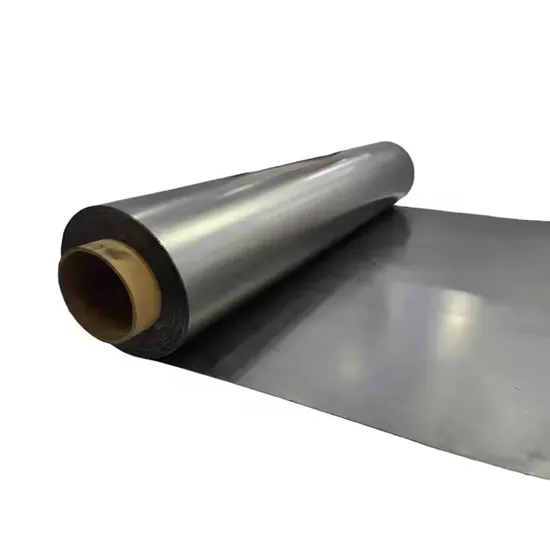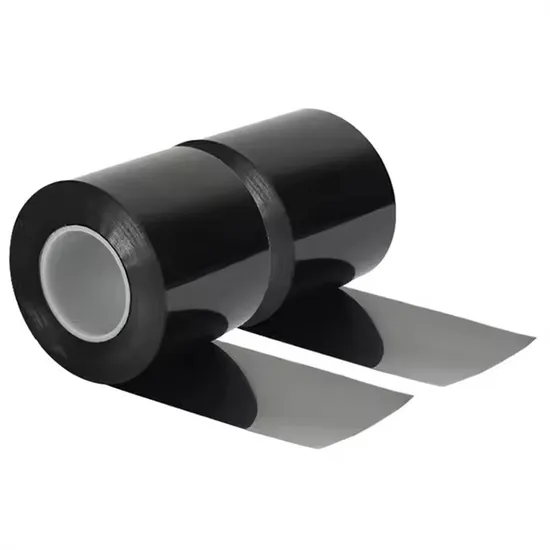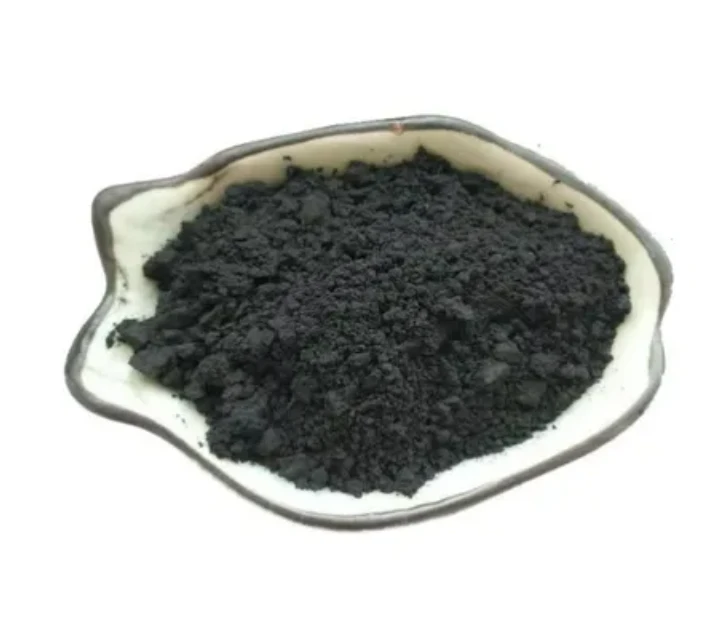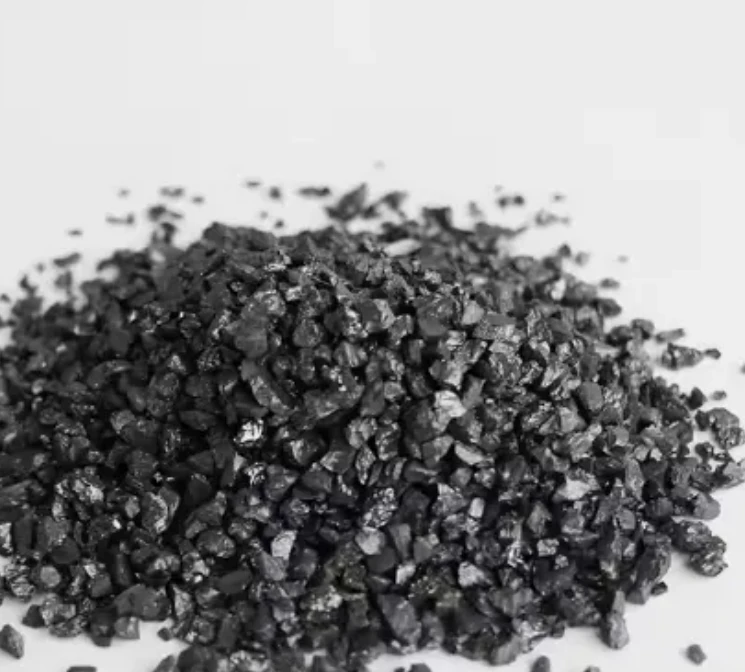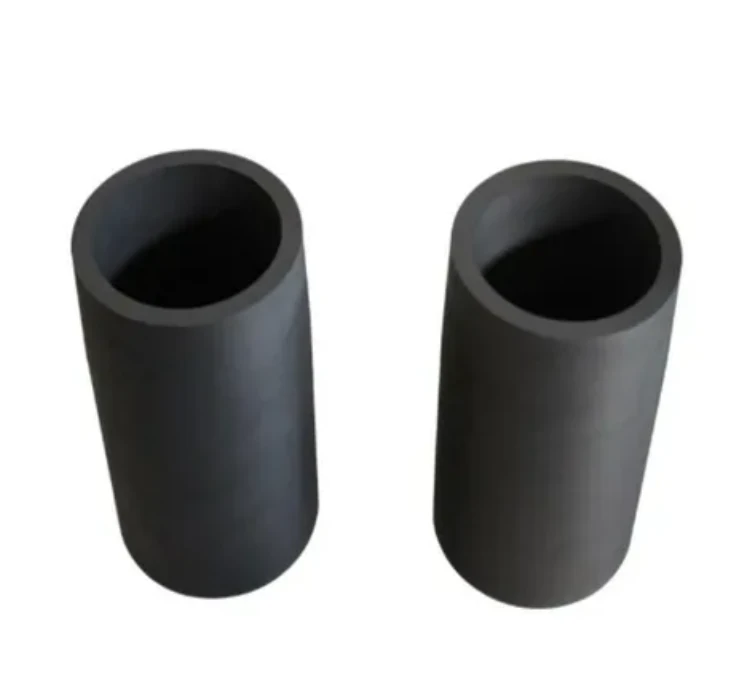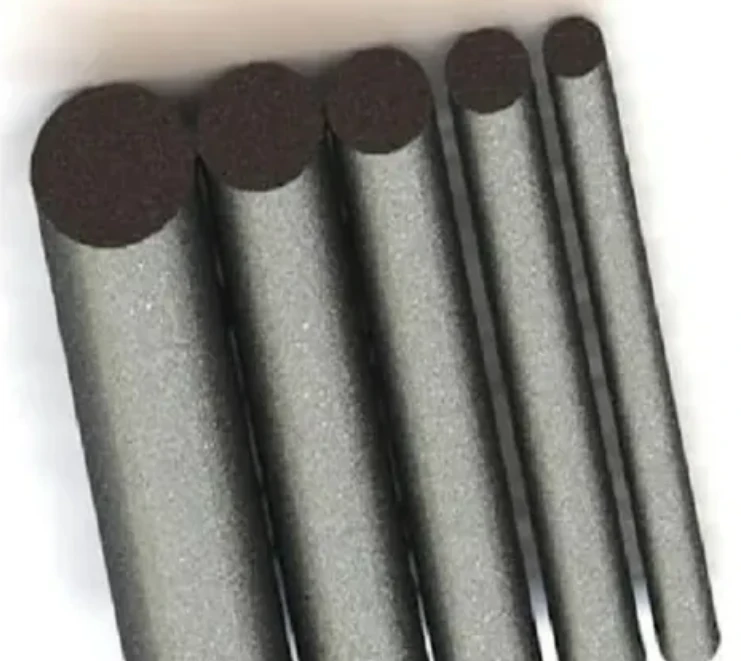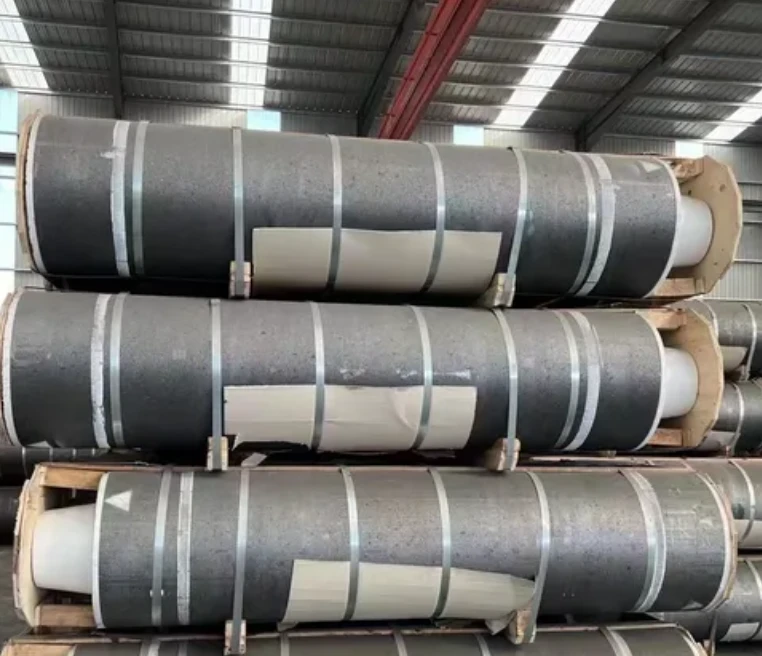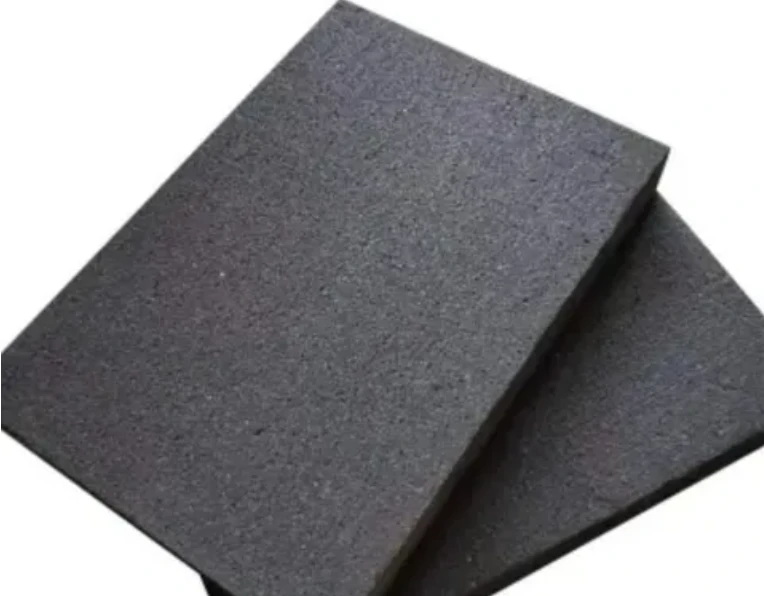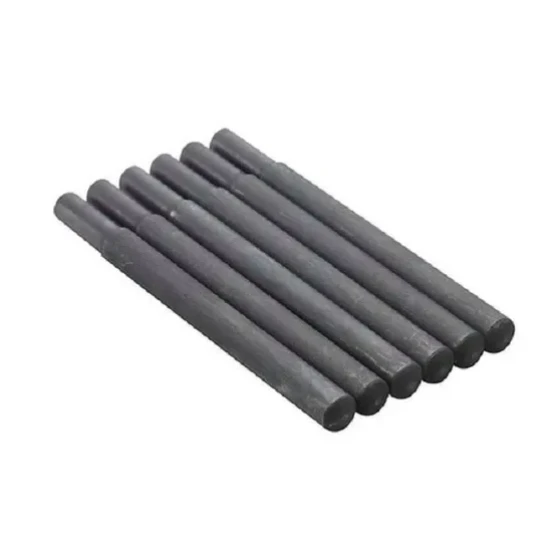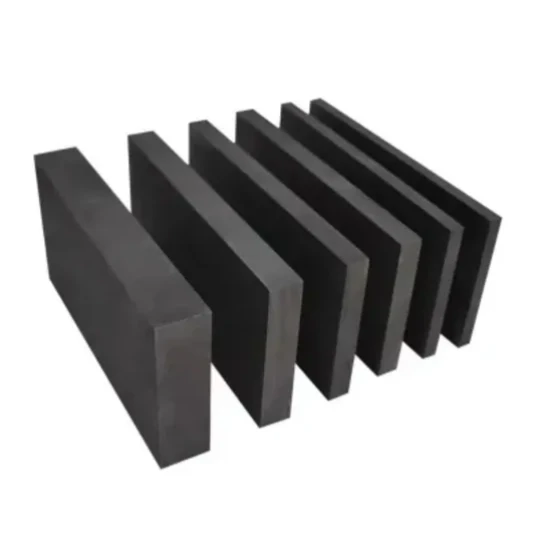- Englist


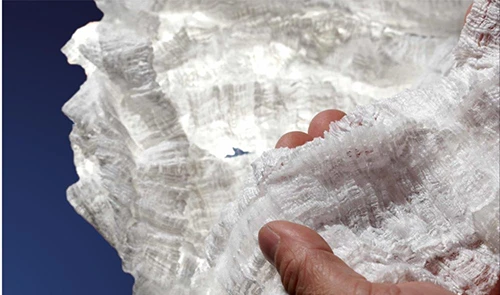
- Understanding the core concept of carburizing treatment
- Material transformation through carbon enrichment
- Industrial applications across manufacturing sectors
- Comparative analysis of leading providers
- Solutions tailored to specific operational requirements
- Demonstrated results in actual industrial implementations
- Evolving landscape of thermochemical processing

(carburized meaning)
Deciphering the Carburized Meaning in Modern Metallurgy
In manufacturing terminology, carburized meaning
refers to a thermochemical process where carbon atoms diffuse into metal surfaces at elevated temperatures. This treatment fundamentally modifies component characteristics, creating a hardened exterior while preserving ductile cores. Industrial plants utilizing this method typically observe 35-60% longer service life in treated components compared to untreated alternatives.
Successful carburization requires precise atmospheric control between 850-950°C, maintained for several hours depending on case depth requirements. The resulting surface carbon content typically reaches 0.8-1.2%, forming iron carbide structures responsible for the enhanced hardness. Calcined petroleum coke, when employed as the carbon source, must contain below 0.15% sulphur to prevent embrittlement issues.
The Technical Advantages of Surface Engineering
Carburizing delivers multiple functional benefits:
- Surface hardness up to 65 HRC with impact resistance
- Wear reduction exceeding 70% in abrasive environments
- Fatigue strength improvements of 30-50%
Industries leverage these advantages particularly where components experience surface stresses while requiring shock-absorbing cores. The controlled carbon diffusion creates gradual property transitions rather than sharp boundaries that could initiate failures. Continuous monitoring systems ensure case depths between 0.5-3.0mm remain within ±0.15mm tolerance specifications.
Market Comparison of Treatment Providers
| Provider | Technology | Max Component Size | Cycle Precision | Industry Certifications |
|---|---|---|---|---|
| ThermoTech Solutions | Atmospheric Control | 4m × 2m | ±10°C | ISO 9001, AS9100 |
| Surface Engineering Group | Plasma Enhanced | 1.8m Ø | ±6°C | ISO 14001, NADCAP |
| MetalScience Inc. | Vacuum Processing | 3m × 1.5m | ±3°C | ISO 9001, IATF 16949 |
Recent industrial analyses indicate vacuum systems achieve superior uniformity, reducing hardness deviations by 42% compared to traditional atmosphere furnaces. Capital investments typically demonstrate 20-month ROI through reduced scrappage rates.
Tailored Implementation Strategies
Custom protocols address distinct operational requirements:
- Precision gear systems: Shallow case depths (0.3-0.8mm) with intermediate tempering
- Heavy machinery components: Deep case profiles (1.2-2.5mm) with surface carbon gradients
- Corrosion environments: Post-carburization nitriding creating hybrid surfaces
Material-specific solutions account for alloy compositions, where chromium-molybdenum steels require modified gas ratios to prevent carbide networking. Heat treatment specialists often implement pre-machining allowances of 0.25-0.40mm to accommodate dimensional shifts.
Demonstrated Performance Outcomes
Automotive transmission trials showed:
- Gear tooth flank wear decreased 68% after 500 operating hours
- Bearing raceway micropitting reduced by 81%
- Component replacements decreased from quarterly to biennial intervals
Mining equipment case studies documented 400-hour increases in drill bit service duration despite operating in high-silica formations. This translated to 5.8 fewer production line stoppages annually per operational unit.
The Evolving Carburizing Meaning Landscape
Contemporary research indicates emerging techniques like active-screen plasma carburizing reduce treatment durations by 35% while enhancing adhesion properties. Industry leaders anticipate digitized process control will further minimize deviations in surface carbon distribution to below 5% differentials across complex geometries.

(carburized meaning)
FAQS on carburized meaning
Q: What is the carburized meaning in metallurgy?
A: Carburized refers to a heat treatment process where carbon is diffused into a metal surface to enhance hardness and wear resistance. It is commonly used for steel components like gears and bearings.
Q: How does carburizing meaning differ from surface hardening?
A: Carburizing specifically involves adding carbon to a metal's surface, while surface hardening is a broader term that includes methods like induction hardening. Both aim to improve durability but use different techniques.
Q: What is calcined petroleum coke meaning in carburizing?
A: Calcined petroleum coke is a carbon-rich material produced by heating raw petroleum coke to remove impurities. It’s used as a carburizing agent in industrial processes to introduce carbon into metal surfaces.
Q: Why is carburizing applied to low-carbon steels?
A: Carburizing adds carbon to the surface of low-carbon steels, creating a hard, wear-resistant layer while maintaining a tough core. This combination improves component lifespan under stress.
Q: How does calcined petroleum coke function in carburizing furnaces?
A: Calcined petroleum coke releases carbon atoms when heated, which bond with the metal surface during carburizing. It ensures consistent carbon diffusion and reduces process contamination risks.





 Pervious
Pervious
 Next
Next
